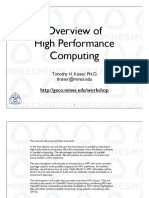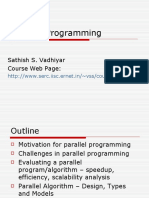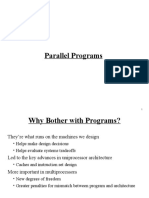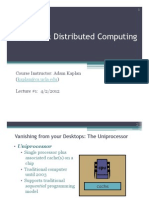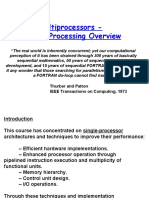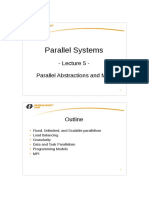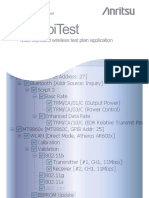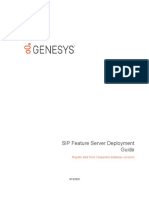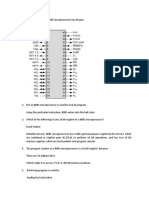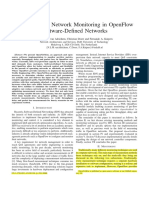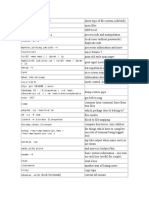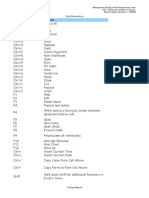0% found this document useful (0 votes)
7 views46 pages02 Introduction
The document discusses parallel algorithms, architectures, and performance modeling. It covers parallelization techniques like partitioning and mapping tasks, and communication methods. A design methodology is presented for developing parallel algorithms based on partitioning, communication, agglomeration, and mapping. Different architectures and their impacts on algorithms are also examined.
Uploaded by
FrancescoMoscatoCopyright
© © All Rights Reserved
We take content rights seriously. If you suspect this is your content, claim it here.
Available Formats
Download as PDF, TXT or read online on Scribd
0% found this document useful (0 votes)
7 views46 pages02 Introduction
The document discusses parallel algorithms, architectures, and performance modeling. It covers parallelization techniques like partitioning and mapping tasks, and communication methods. A design methodology is presented for developing parallel algorithms based on partitioning, communication, agglomeration, and mapping. Different architectures and their impacts on algorithms are also examined.
Uploaded by
FrancescoMoscatoCopyright
© © All Rights Reserved
We take content rights seriously. If you suspect this is your content, claim it here.
Available Formats
Download as PDF, TXT or read online on Scribd
/ 46
